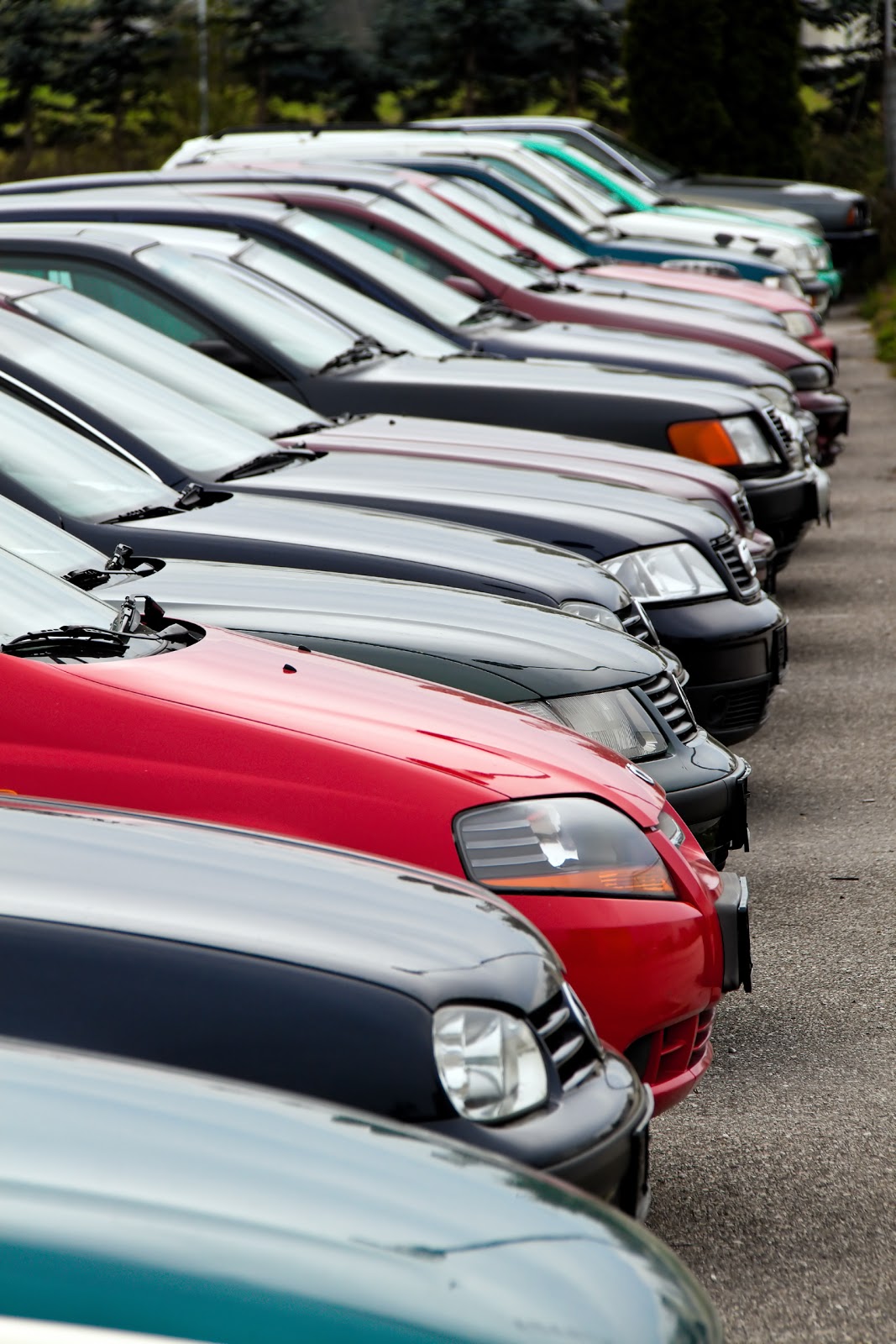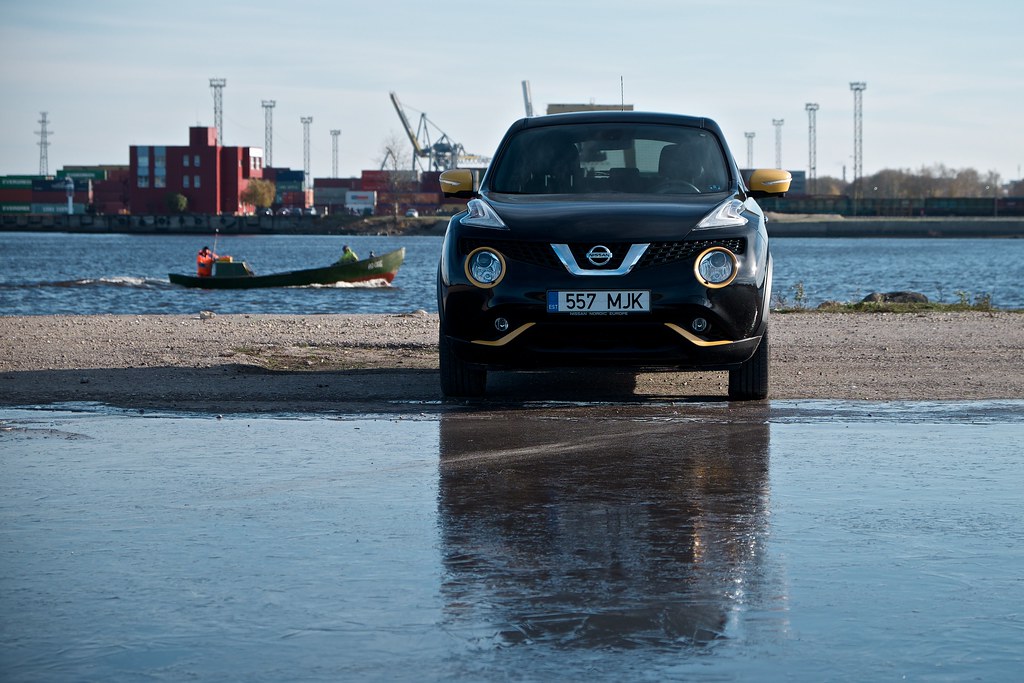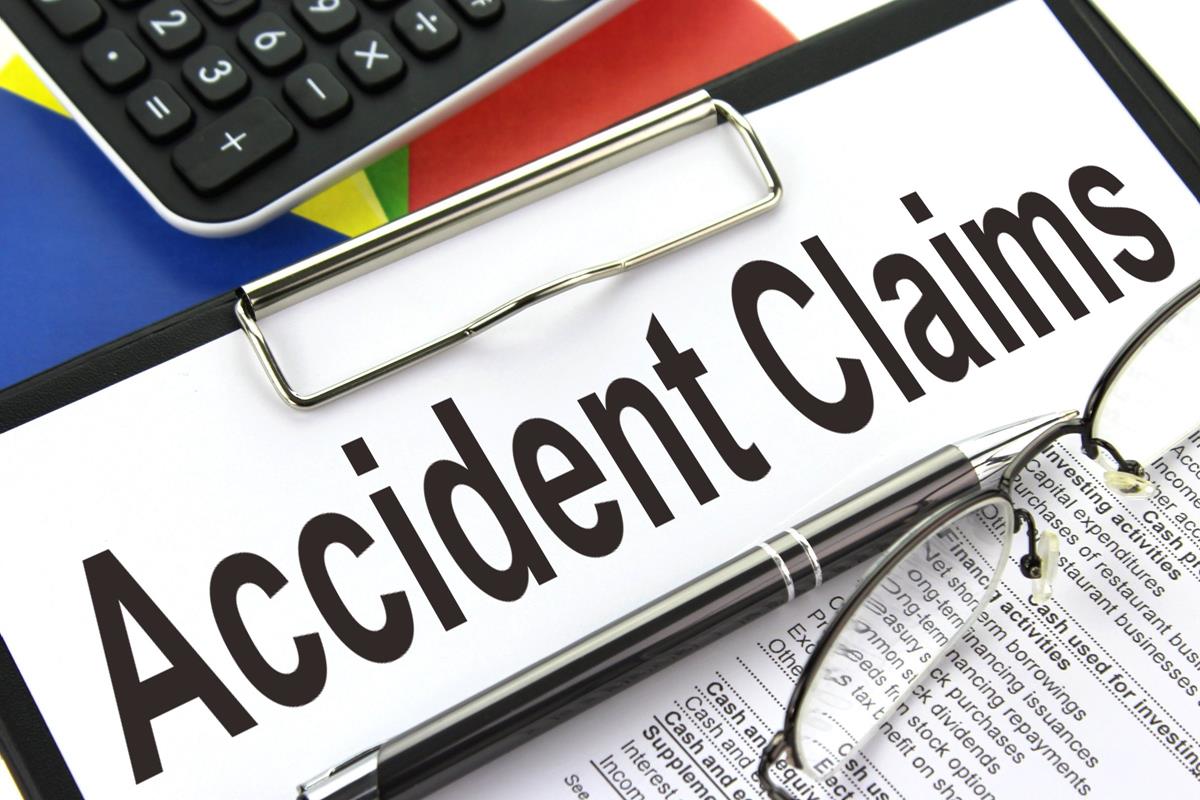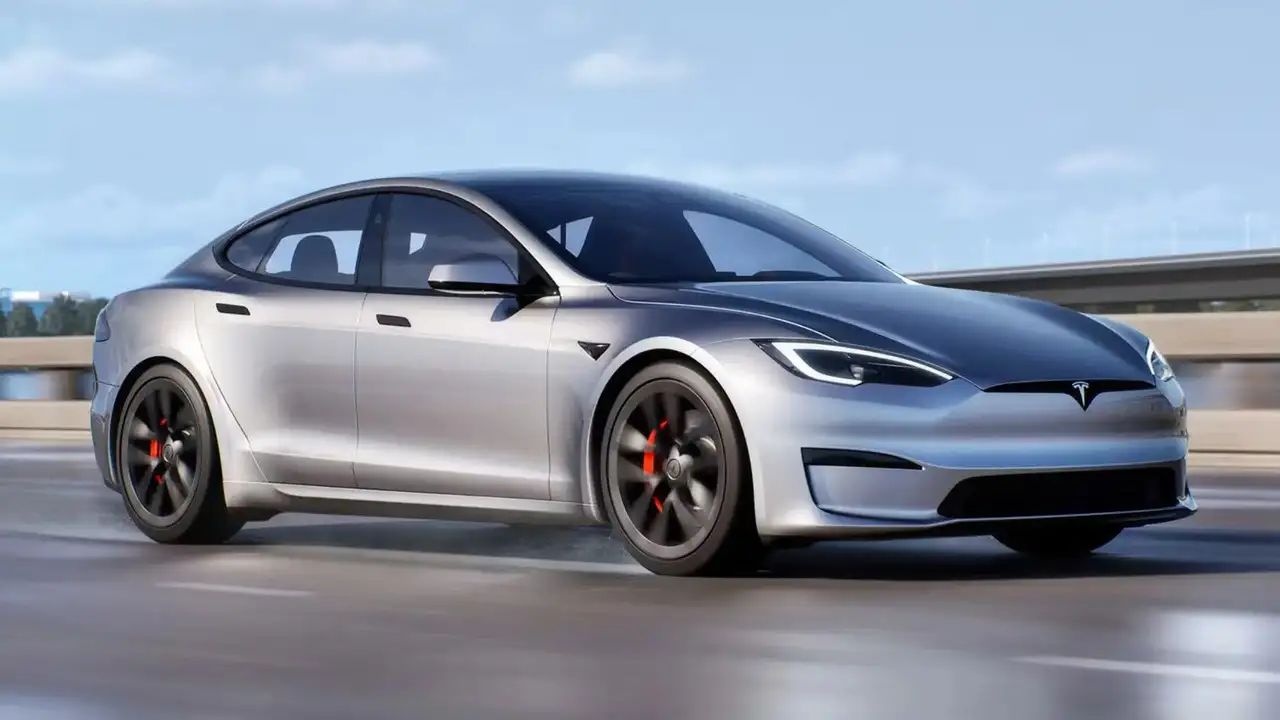
When you’re in the market for a used car, the allure of a low price tag can be incredibly tempting. However, as any seasoned automotive expert will tell you, a great deal can sometimes hide a multitude of serious problems—issues like skipped maintenance, unaddressed accident damage, or a history of heavy fleet use that can turn your dream car into a financial nightmare. Understanding these potential pitfalls is the first crucial step in making a truly informed purchase, especially as we look towards 2025.
This comprehensive guide is designed to empower you with the knowledge needed to navigate the complex world of used car purchasing. We will delve into specific categories of used cars that are considered high-risk, explaining precisely why they pose a greater threat and equipping you with the vital skills to spot red flags before you commit to a bad purchase. By shedding light on what makes certain vehicle categories more dangerous and how some dealers acquire their lowest-quality inventory, we aim to protect you from making a costly mistake.
Our goal is to transform you into a smarter, more discerning buyer. By the time you finish this article, you will be well-versed in how to approach even value-focused dealerships with confidence, ensuring you avoid a used car that promises savings but delivers only trouble. Your diligence up front can translate into thousands of dollars saved and years of hassle-free driving down the road. Let’s explore some of the most common types of used cars you should seriously think twice about before buying.

1. **Repossessed Vehicles (Repos)**Repossessed cars, often referred to as ‘repos,’ are vehicles that have been taken back by lenders because their previous owners failed to make timely payments. While the idea of acquiring a vehicle at a reduced price point from a repossession auction might sound appealing, these cars frequently come with a significant baggage of hidden issues. The primary concern revolves around the car’s maintenance history, which is often incomplete or entirely missing, leaving you in the dark about its past care.
These vehicles are notorious for suffering from deferred maintenance. When owners struggle financially to the point of defaulting on car payments, basic upkeep like regular oil changes, brake inspections, fluid top-offs, and tire rotations often become luxuries they can no longer afford. This neglect translates directly into potential mechanical problems for the next owner. What might appear as minor cosmetic damage or overlooked details on the surface could easily mask deeper, more expensive mechanical wear that has gone unchecked for an extended period.
The inherent risk with repossessed vehicles is quite straightforward: a previous owner who couldn’t afford the car itself almost certainly couldn’t afford its proper upkeep. This means that by purchasing a repo, you are likely inheriting all the damage and deferred maintenance that accumulated during the period of financial distress. The economic circumstances that led to the repossession directly impact the vehicle’s condition, making it a gamble for unsuspecting buyers.
Therefore, when considering a repossessed vehicle, it is paramount to exercise extreme caution and conduct thorough due diligence. Always look for tangible evidence of missing service records, significant cosmetic damage that might indicate deeper neglect, and any signs of mechanical wear that would typically be addressed through routine servicing. Without a clear picture of its past, a repossessed car presents a higher probability of becoming a source of unexpected and costly repairs in the future.

2. **Retired Rental Cars**Retired rental cars represent another category that often appears attractive due to their competitive pricing, but they come with their own set of inherent risks. These vehicles typically accumulate a high volume of miles in a very short timeframe, driven by hundreds of different individuals, often without the same level of care and consideration that a personal owner would provide. The rapid accumulation of mileage, combined with varied and sometimes aggressive driving habits, puts significant stress on the vehicle’s components.
The typical servicing regimen for rental cars is generally limited to the absolute basics, primarily oil changes and other essential fluid checks. While these are critical, they often miss the more detailed and preventive maintenance that extends a vehicle’s long-term reliability. As a result, retired rental cars tend to show pronounced signs of wear and tear, particularly in areas like the seating upholstery, braking system, and suspension components, all of which endure constant use and stress from diverse drivers.
One of the biggest red flags is the unknown driving habits of the numerous previous operators. While a personal car’s history is generally traceable to one or a few owners, a rental car is subjected to countless temporary drivers, some of whom may have pushed the vehicle to its limits. This continuous, varied stress can lead to accelerated wear on the engine, transmission, and other critical parts, even if the basic maintenance schedule was adhered to.
In essence, rental cars are built and operated to be utilized for commercial purposes, not necessarily cherished and meticulously maintained for long-term ownership. While they might be cheap to acquire initially, their long-term reliability can be questionable, making them a potentially unreliable investment. The context explicitly highlights that “rental vehicles are often cars to avoid in 2025” when discussing how quickly different types of used cars lose value over five years, underscoring their poor long-term value and high-risk nature.
Read more about: From Getaway Cars to Tragic Endings: Unpacking 12 of History’s Most Infamous Automotive Disasters

3. **Dealer Demos and Loaners**Dealer demos and loaner vehicles occupy a peculiar space in the used car market. They might appear to be almost new, often having very low mileage, and could seem like an ideal way to get a recent model year vehicle at a discount. However, this perception can be highly misleading. These cars are primarily used by dealership staff for personal commutes or as temporary vehicles provided to customers whose cars are in for service. While this sounds innocuous, it introduces several significant concerns for potential buyers.
One of the main red flags associated with dealer demos and loaners is the unknown driving habits they’ve been subjected to. Dealership employees or temporary customers may not treat these vehicles with the same care as if they were their own, often pushing them harder during test drives or using them for short, aggressive trips. This kind of varied and potentially spirited driving, even over short distances, can contribute to accelerated wear on critical components, impacting the car’s longevity and performance.
Furthermore, the warranty period for these vehicles can be a tricky aspect. In many cases, the manufacturer’s warranty may have already commenced from the date the car was put into service as a demo or loaner, not from the date you eventually purchase it. This means you might be buying a car that already has a shortened warranty period, leaving you with less coverage for potential issues than you would typically expect from a nearly new vehicle. This early warranty expiration can significantly reduce your protection against unforeseen mechanical failures.
Ultimately, the risk with dealer demos and loaners lies in the fact that you are buying a car that might look pristine on the outside but could have been treated like a test vehicle. The “new car” illusion can hide underlying stresses and wear that wouldn’t be present in a truly new vehicle or one with a well-documented, single-owner history. It’s crucial to understand that even with low mileage, the quality of those miles can vary dramatically, making a thorough inspection and understanding of the warranty start date absolutely essential before making a purchase decision.

4. **Fleet Vehicles**When navigating the complex landscape of used car purchases, “Fleet Vehicles” represent another category demanding a heightened degree of scrutiny. These cars have predominantly served commercial purposes, functioning as workhorses for businesses in roles such as delivery, sales, or rideshare operations. While some might view a fleet vehicle as a well-maintained corporate asset, the reality often diverges significantly, presenting a unique set of challenges and risks that potential buyers must meticulously evaluate.
The inherent risk with fleet vehicles stems directly from their operational model: they are often driven all day, every day, by multiple operators who may not possess the same sense of personal ownership or responsibility as an individual car owner. This constant, rigorous use leads to significantly higher mileage accumulation in a shorter timeframe compared to privately owned vehicles. Such intensive daily operation inevitably places immense stress on every component, from the engine and transmission to the suspension and braking systems, potentially accelerating wear and tear far beyond what their age might suggest.
Furthermore, the maintenance protocols for fleet vehicles, while seemingly structured, can often be driven by budgets and operational efficiency rather than optimal long-term vehicle health. Many ex-commercial cars are maintained on tight budgets, meaning that only essential repairs and basic servicing are prioritized to keep them operational, potentially neglecting preventive measures or comprehensive diagnostics. This approach can lead to inconsistent records, where only major repairs are documented, leaving significant gaps in the vehicle’s true service history and masking potential hidden damage that was either overlooked or cosmetically addressed without thorough mechanical repair.
The tell-tale signs of a fleet vehicle often manifest both externally and internally, serving as crucial red flags for discerning buyers. Visually, one might encounter uniform paint or subtle scars where corporate decals or branding wraps have been removed, indicating its past life. Internally, these vehicles commonly exhibit a rougher interior condition, with more pronounced wear on seats, carpets, and controls than typically expected for their age. Coupled with high odometer readings that underscore their extensive working life, these physical markers provide undeniable evidence of a vehicle that has endured considerable daily labor.
Therefore, when encountering a potential fleet vehicle, a comprehensive and skeptical approach is absolutely essential. Beyond verifying the high odometer readings, buyers must meticulously inspect the vehicle for any signs of hidden accident damage that might have occurred during its commercial service and gone unreported. Inconsistent or sparse maintenance records should be viewed as a major warning, compelling a thorough third-party inspection to uncover any underlying mechanical issues. While some fleet vehicles might indeed be “fine,” many are demonstrably “just worn out,” making it paramount to differentiate between a potentially good deal and a future financial drain through exhaustive due diligence.
Read more about: Beyond the Hype: 14 Films That Absolutely Blew Our Expectations Out of the Water

5. **Factory Buybacks (Lemon Law Cars)**Among the various categories of used cars that warrant extreme caution, “Factory Buybacks” or “Lemon Law Cars” stand out as a particularly precarious proposition. These vehicles have a history rooted in significant, recurring mechanical problems that led their original owners to return them to the manufacturer, often under the strict provisions of state “lemon laws.” While the appeal of acquiring a relatively new vehicle at a substantially lower price point can be powerful, the inherent complexities and long-term implications associated with such a purchase demand a sober and informed evaluation.
The fundamental issue with factory buybacks is precisely what earned them their “lemon” designation: persistent, major mechanical problems. Even though these vehicles undergo “repairs” by the manufacturer before being resold, the very fact that a vehicle was deemed a lemon suggests a deeper, more entrenched issue that proved difficult to resolve satisfactorily. This can range from chronic engine or transmission malfunctions to pervasive electrical glitches or safety-related defects that repeatedly resurfaced, undermining the vehicle’s reliability and the owner’s confidence. The phrase “you’re buying someone else’s problem” resonates most profoundly here, as the history of these cars is defined by their past failures.
Crucially, vehicles classified as factory buybacks come with a “branded title or history.” This indelible mark serves as a permanent record of its troubled past, openly declaring its status as a manufacturer repurchase. Such branding includes specific labels like “factory buyback” or “manufacturer repurchase,” which are legally required to be disclosed to subsequent buyers. This disclosure mechanism is designed to protect consumers by ensuring transparency about the vehicle’s problematic history, preventing it from being sold as a regular used car without acknowledging its significant past issues.
The financial ramifications of purchasing a factory buyback are significant and enduring. Beyond the initial lower purchase price, these vehicles are consistently plagued by a “lower resale value” compared to similar models with clean titles. This accelerated depreciation is a direct consequence of their branded status and the public perception of their reliability, making them a challenging asset to resell in the future. Furthermore, a history of “recalls” and “prior warranty claims” typically accompanies these vehicles, providing a clear paper trail of their mechanical struggles and serving as a stark reminder of their potential for future problems, even if a repair guarantee is offered.
Therefore, while a factory buyback might present an enticing discount, it is imperative for buyers to approach these cars with the utmost vigilance. A thorough investigation of the vehicle’s specific history, including all past warranty claims, recall notices, and detailed records of the “repairs” undertaken by the manufacturer, is non-negotiable. Understanding the precise nature of the recurring mechanical problems and assessing the effectiveness of the fixes is vital. Buyers must accept that despite any repair guarantees, they are inheriting a vehicle with a documented history of unreliability, a factor that will perpetually impact its long-term value and potentially its operational dependability.

6. **Undisclosed Accident Cars**In the realm of used car acquisition, few hazards are as insidious and potentially dangerous as “Undisclosed Accident Cars.” This category encompasses vehicles that have suffered collision damage, but for various reasons—whether unreported accidents or substandard, unrecorded repairs—do not have this critical information reflected on their official title. The deceptive nature of such vehicles, which “may look fine but suffered unreported or poorly repaired collision damage,” poses a substantial threat to unsuspecting buyers, leading to unforeseen safety issues and significant financial burdens down the line.
The core deception lies in the absence of a documented accident history. A car can have a “clean title” even after a significant wreck if the damage was repaired without involving insurance companies or official repair shops that report to vehicle history services. This allows sellers, whether intentionally or through ignorance, to present a vehicle as pristine when, in reality, its structural integrity or critical systems may have been compromised. Such unreported repairs often prioritize cosmetic fixes over comprehensive restoration, leaving underlying mechanical or structural weaknesses unaddressed, which can deteriorate over time and lead to serious safety concerns.
Identifying an undisclosed accident car requires a keen eye and a meticulous inspection, as warning signs often manifest in subtle but crucial details. Buyers should be acutely aware of “mismatched paint or panel gaps,” which can indicate that body panels have been replaced or hastily realigned after an impact, often with imperfect results. Unusual wear patterns around “airbag covers” can suggest that airbags were deployed and then improperly reinstalled, a critical safety concern. Furthermore, any signs of bodywork or repainting without a corresponding “record of accident repairs” should immediately raise a red flag, prompting further investigation.
The long-term consequences of purchasing an undisclosed accident car extend far beyond mere aesthetics. “Hidden damage can cause safety issues later,” as compromised structural components or improperly repaired safety systems may fail under stress or during a subsequent collision, endangering occupants. Issues like persistent alignment problems, premature tire wear, water leaks, or electrical glitches can also stem from an inadequately repaired frame or body. Perhaps most frustratingly, once the car is purchased, it becomes incredibly “hard to prove once you’ve bought the car” that the damage existed prior to your ownership, leaving you responsible for costly and unexpected repairs.
Therefore, the ultimate defense against acquiring an undisclosed accident car rests firmly on proactive and thorough due diligence. A vehicle history report, while essential, should not be the sole determinant, as it relies on reported incidents. It is absolutely paramount to “inspect the car yourself for wear, rust, and panel repairs” and, most importantly, to “get a third-party inspection before you buy—especially from a dealer.” An independent, certified mechanic possesses the expertise to identify subtle signs of past collision damage, structural compromise, or shoddy repair work that might otherwise go unnoticed, providing an indispensable layer of protection for your investment and safety.
**Final Thoughts: Used Cars to Avoid in 2025**
Navigating the used car market successfully in 2025 demands more than just finding an attractive price; it requires strategic intelligence and unwavering vigilance. As we’ve thoroughly explored, while used cars undoubtedly offer significant value, certain categories inherently carry a much higher risk of becoming financial drains rather than smart investments. The vehicles we’ve highlighted—from the neglected repossessed cars and the heavily-used rental fleets to the problematic factory buybacks and the deceptively repaired accident cars—underscore a critical truth: a low purchase price can often mask far greater expenses in repairs, lost time, and frustration down the road.
Your journey to a reliable used car begins and ends with meticulous homework. Never underestimate the power of a comprehensive vehicle history report, but remember its limitations and supplement it with your own detailed inspection for any physical inconsistencies or signs of wear. Crucially, always insist on a pre-purchase inspection by an independent, trusted mechanic who can provide an unbiased assessment of the vehicle’s true condition, uncovering hidden issues that might be invisible to the untrained eye. Asking precise questions about the car’s origin and service history, and being prepared to walk away from any deal that feels “too good” or lacks transparency, are your strongest defenses.
Read more about: Don’t Let These Simple Mistakes Cost You! How to Avoid Instantly Voiding Your Home Warranty
Ultimately, the goal is to equip yourself with the knowledge and confidence to make an informed decision, securing a used car that genuinely delivers value and reliability. By heeding these warnings and diligently applying these protective measures, you can transform the potentially perilous process of buying a used car into a rewarding experience. A little caution up front doesn’t just save you thousands of dollars; it ensures you get a used car that’s not merely affordable, but truly worth owning for years to come.



